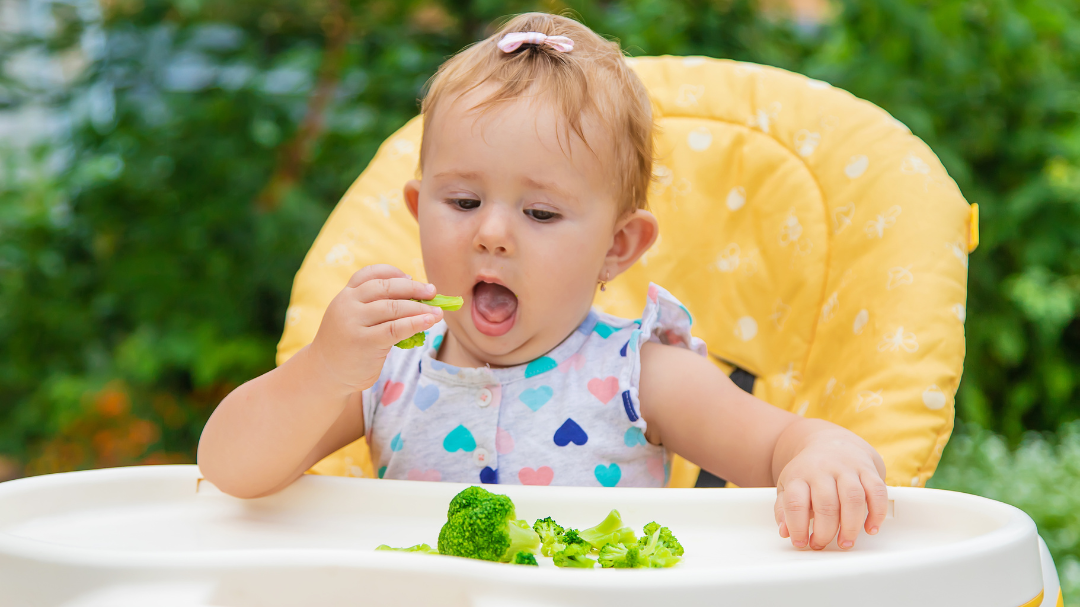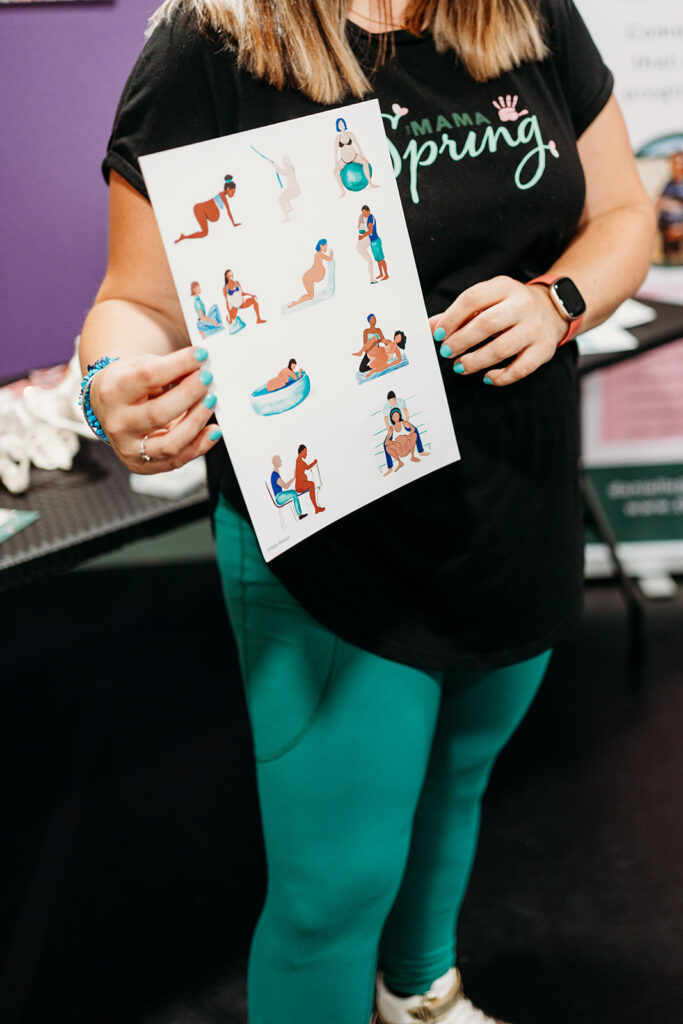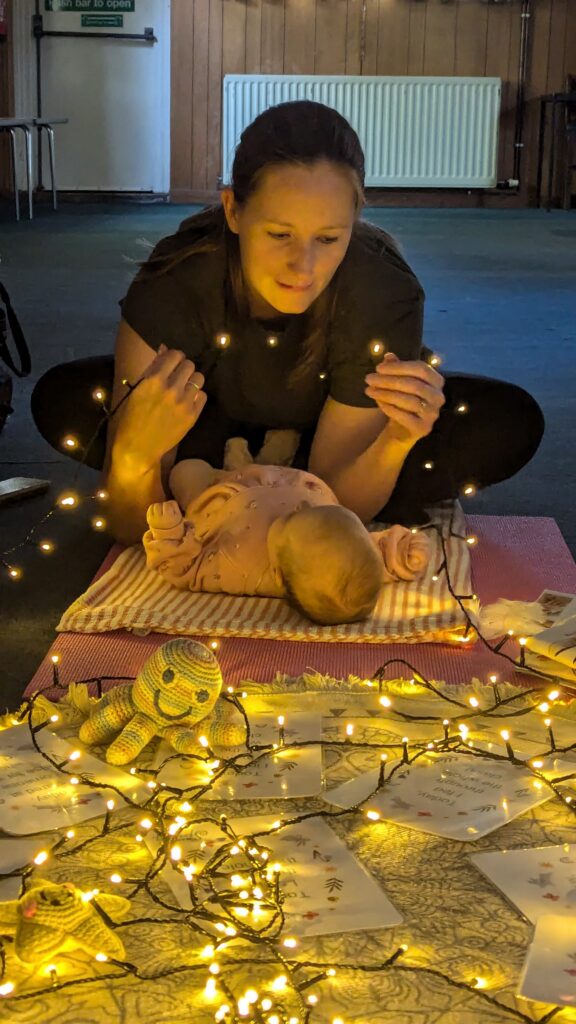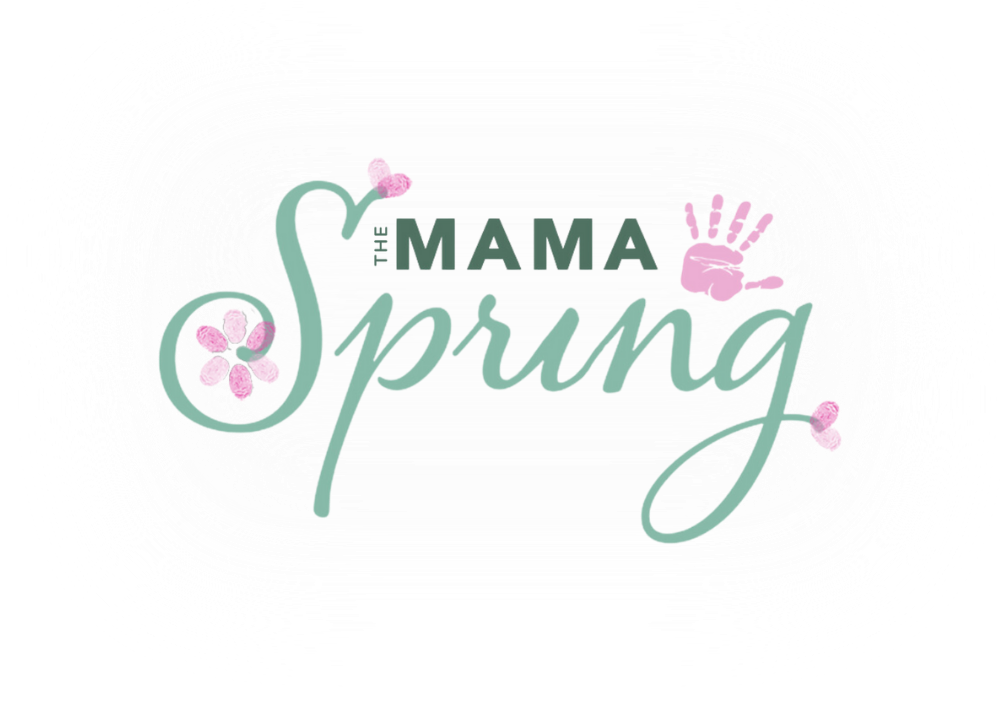Choking or gagging… That is the question!
Posted on January 27, 2025 | By Danielle Springall
Let’s face it, watching your little one explore the world of solid foods can be equal parts exciting and terrifying. Between the mashed avocado explosions and the enthusiastic gumming, there’s bound to be a moment (or ten) where you witness a gagging fit. But before you hit panic mode, take a deep breath – it’s probably not what you think!
The Gag Reflex: Your Baby’s Built-in Bodyguard
Think of your baby’s gag reflex as their built-in safety net. It’s a super sensitive response located at the front of their tongue that helps prevent choking. When a new texture or slightly larger chunk hits that zone, their little bodies instinctively push it back out to avoid a blockage.
This gagging can look dramatic – red faces, coughs, maybe even a little vomit – but it’s actually a good thing! It means your baby’s natural reflexes are kicking in to keep them safe.
It helps them grasp the art of chewing and swallowing safely.

Choking vs. Gagging: How to Tell the Difference
Now, let’s talk about the real scare scenario: choking. Here’s how to differentiate between a normal gag and a choking emergency:
Gagging:
- Eyes may water
- Makes coughing or sputtering sounds
- Pushes tongue out to expel food
- May vomit a small amount
- Recovers quickly and continues eating
Choking:
- Unable to cough, cry, or breathe
- White skin turns blue or pale, on black or brown skin look for blue inside the lips, on the gums and fingernails.
- Grasping at throat or mouth
- Body goes limp
Staying Calm and Collected: What to Do
If your baby is gagging, the best course of action is to stay calm and let them work it out themselves. Here are some tips:
- Offer gentle encouragement: Let them know you’re there and everything is okay.
- Keep a watchful eye: Make sure they can breathe comfortably.
- Offer a sip of water (if over 6 months old): This can help them swallow any dislodged food.
If your baby is choking, however, immediate action is necessary. Here’s what to do:
- Call emergency services immediately.
- Perform infant first aid, according to your training.
- If you haven’t received infant first aid training, try five back blows followed by five chest thrusts.
Remember, gagging is a normal part of the learning process during weaning. By understanding the difference between gagging and choking, and following these simple tips, you can approach mealtimes with confidence and help your baby develop a healthy relationship with food!
Having witnessed both of these things happening with my own children, I know first hand how important it is to know the difference between the two.
And Finally…
As for the familiar question of baby led weaning or purees, a recent study found that there was no difference in the frequency of choking between babies who were given solids using baby-led weaning, and those who were spoon fed. In total 13.6% of infants had ever choked. Read the article here. Just remember, it’s not a choice between one or the other – you can do a mixture of both! Keep your eyes peeled for another blog on that soon!
Mini First Aid Training?
I’d highly recommend completing a baby and toddler first aid course with Mini First Aid Lincolnshire North and Doncaster. If I hadn’t have done my first aid training, I don’t know whether the outcome of Adaline choking would have been different.
A 2 hour Mini First Aid session with Mini First Aid Lincolnshire North & Doncaster will give you the knowledge, skills & confidence to know what to do in a medical emergency with your little one, & covers: CPR, Choking, Bumps, Burns, Breaks, Bleeds, Febrile Seizures and Meningitis Awareness.
You can book them directly though the website, or sometimes, I host them myself. DM me if you are interested or check out my booking page here.

Discover more about my Hypnobirthing Courses

Read about the benefits of Baby Massage
